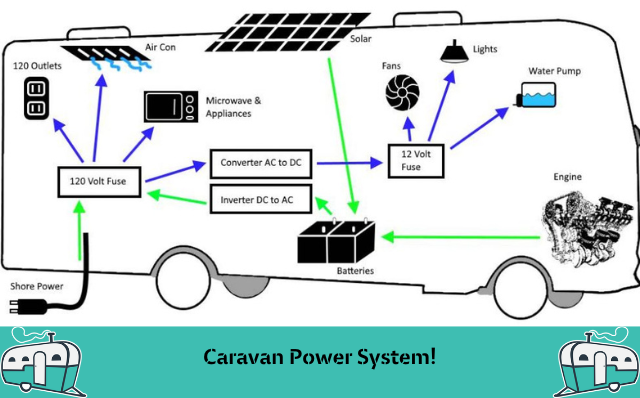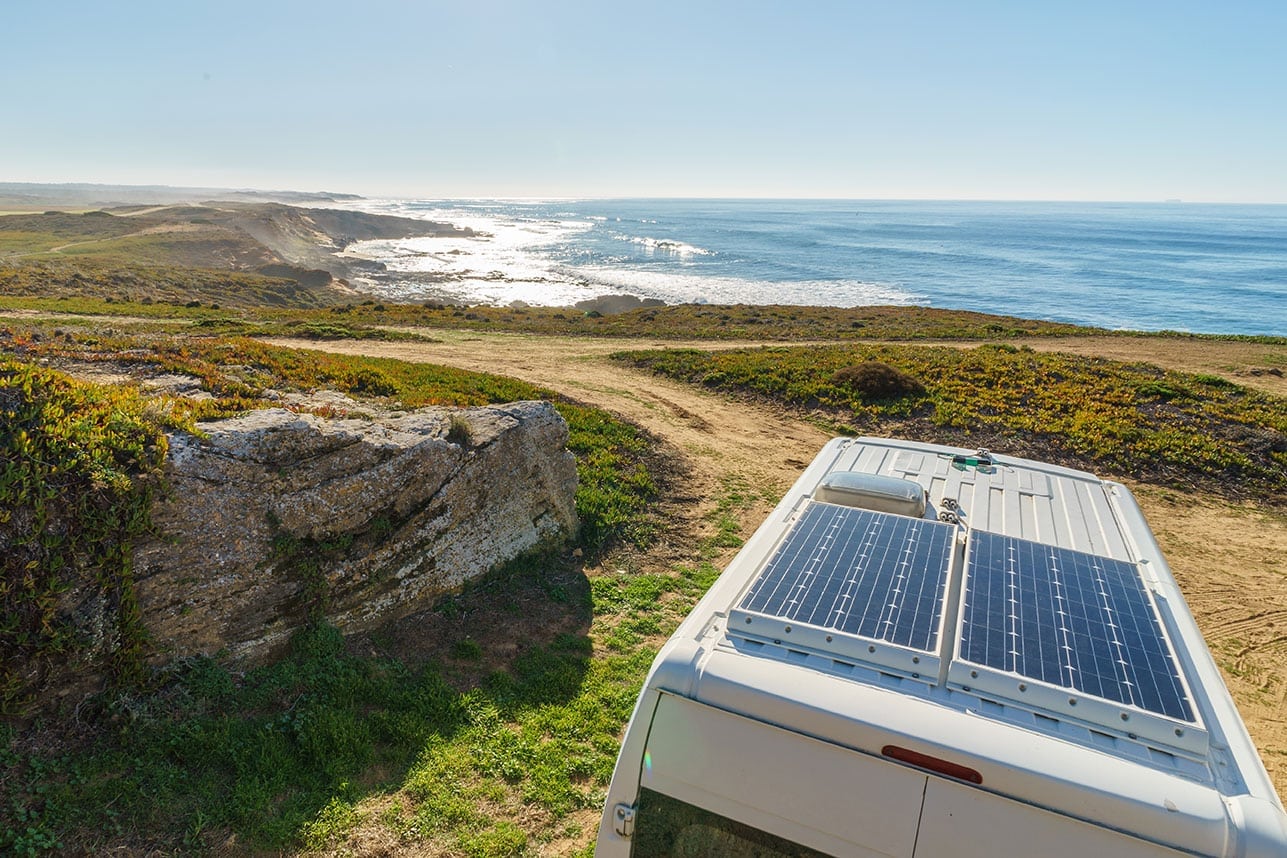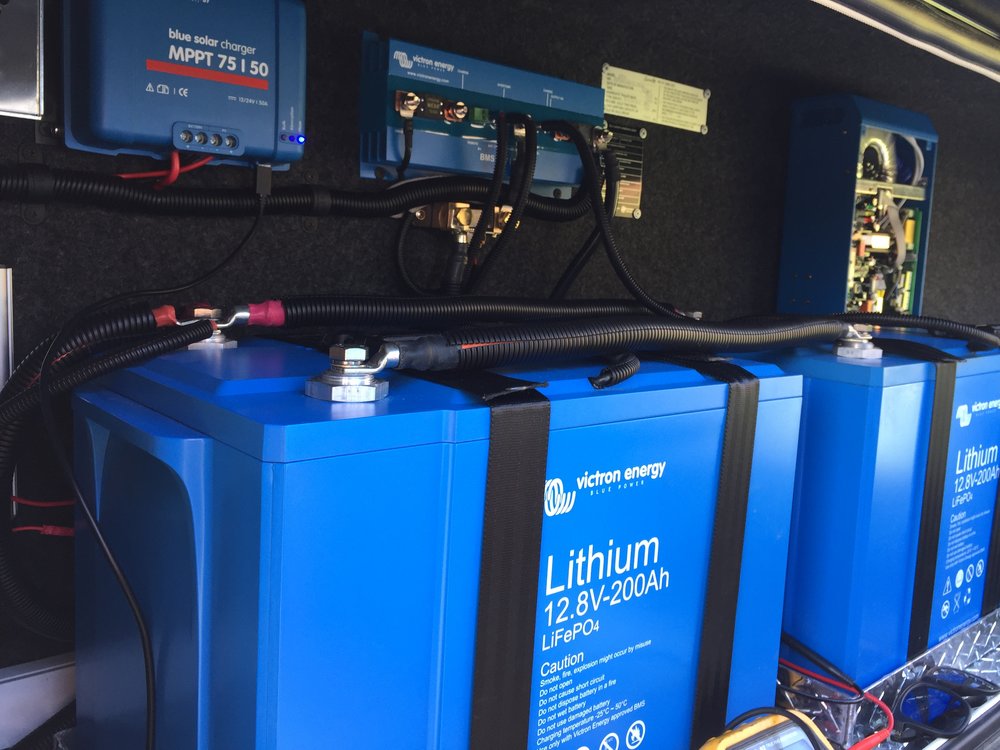
The main difference between a caravan and a home is the voltage used to power appliances. A caravan’s power system consists of two separate batteries, one derived from the house battery and one from the tow vehicle’s chassis. Some caravans also have a 240V AC/12V DC transformer on board. In these cases, a 240V AC connection is needed, but the 12V DC power supply is self-contained.
An RV can be connected to a land-based power source, but it must remain in a stationary location. This means purchasing additional connection wires and a separate adaptor. However, most RVs and campervans are equipped with an auxiliary system that is compatible with 12-volt power. How does a 12V system in a caravan work? This system provides power to various appliances and is also compatible with solar panels. Besides the auxiliary battery, there are also various other 12V systems you can connect to your RV.
A 12V system can be convenient for camping in your Caravan Power System. Regardless of whether you’re camping in a city or in the open country, an RV’s power system will provide power to appliances. For high-power devices, 240V AC is recommended, including air conditioners, microwave ovens, and 3-way fridges. Three-way fridges are unable to run on 12V DC. In addition, 240V AC is ideal for personal devices, battery chargers of all sizes, fry pans, kettles, and other appliances.
An RV with a 12-volt system can run reverse-cycle air conditioning. It can run mobile phones and a water pump. It can also power a TV, radio, and other high-demand electrical appliances. With the right battery, you can run all of the appliances in your RV at once. You can also use a generator when necessary. So, how does a 12V system work in a caravan?
Solar Panels
In a Caravan Power System, a solar panel requires a regulator to ensure a constant voltage. A solar regulator with Maximum Power Point Tracking (MPPT) technology ensures maximum power output from the solar panel. An MPPT solar regulator is especially helpful when low light conditions are encountered, such as when the sun doesn’t shine enough for the panels to produce sufficient energy.
When determining the size and voltage of your 12V battery system, take a look at the gear and charging method you’ll be using.
Best Charger!
An AC to DC charger is the best option for serious 4WD and caravanners. These devices are easier to install and offer a permanent connection. In addition to being convenient, permanent AC to DC chargers provides a secure connection. The extra effort is worth it if you’re planning long-distance trips. If you’re serious about running a caravan, it might be worth it.
Lastly, your motorhome battery ideally will hold a charge for several days, but there’s always a chance that you’ll need to recharge it. Keeping it topped up with a trickle charger is an excellent way to ensure your batteries remain charged even when you’re not using them. In addition, it’s also safe to leave your motorhome’s battery charger connected to the mains while you’re away from it.



